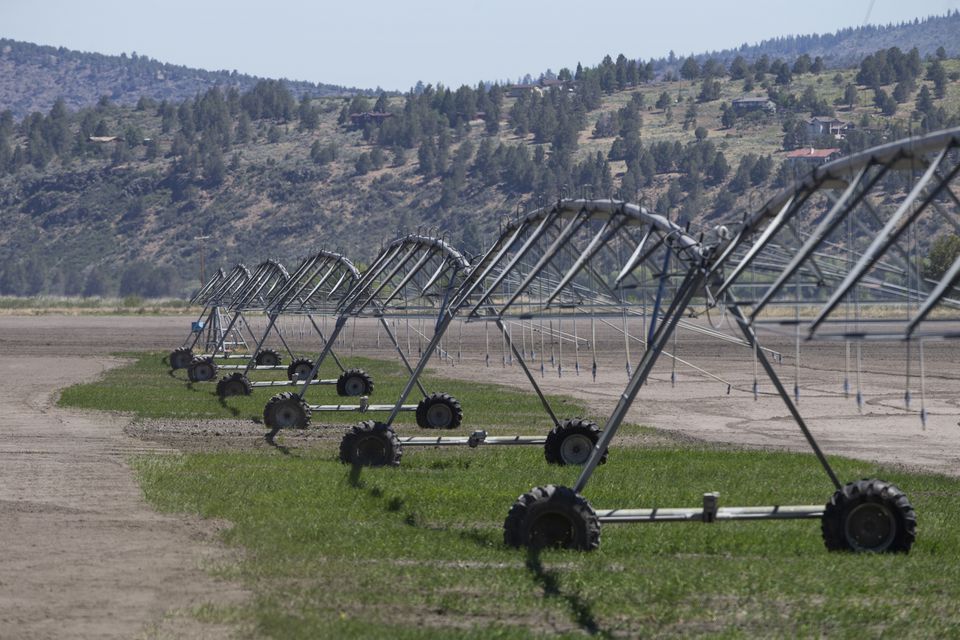KLAMATH FALLS, Ore. — Driving into Klamath Falls from the north, it’s not immediately apparent that southern Oregon is in the grip of a severe drought.
As Oregon 97 drops out of the Cascades, the highway skirts the eastern edge of Upper Klamath Lake, the largest body of freshwater in the state. Geese honk and pelicans dunk their oversized bills into the blue water as the snow-capped peaks of Mount McLoughlin and Mount Shasta poke out of the high desert basin.
But this part of southern Oregon is in the midst of a contentious water crisis, with more than 90% of Klamath County in “extreme drought,” according to the U.S. Drought Monitor. For more than 100 years, the Bureau of Reclamation has released water from the lake for farmers to irrigate crops, for Native tribes to fish and, more recently, to protect endangered species.
But this year, with the amount of water flowing into it from rivers and streams drastically reduced, the bureau announced last month that it wouldn’t release any water for farmers or tribes or wildlife, all of whom depend on it.



